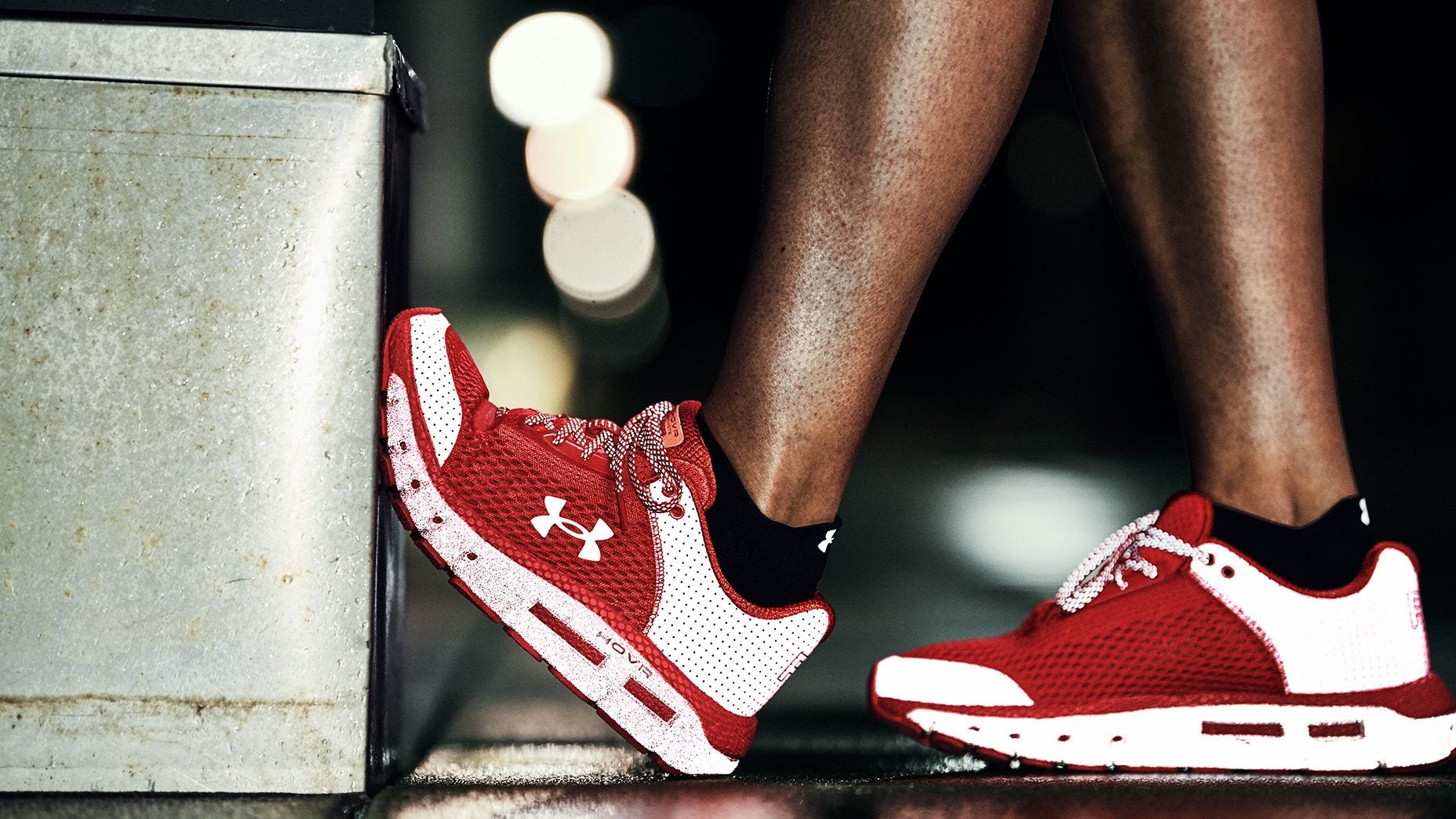Under Armour’s North American business has taken an unexpected hit
Under Armour delivered some bad news this morning. Beyond a 3.2% drop in its quarterly North American sales, the athletic apparel company’s projections slipped as well. Where previously it had predicted full-year sales in the region to be basically flat, it now expects them to be down slightly.


Under Armour delivered some bad news this morning. Beyond a 3.2% drop in its quarterly North American sales, the athletic apparel company’s projections slipped as well. Where previously it had predicted full-year sales in the region to be basically flat, it now expects them to be down slightly.
It’s been a couple years now that the US-based company has struggled to get growing in its home market, which makes up the bulk of its sales. This latest update was not welcomed by investors. As trading opened, Under Armour’s stock was down more than 17% before starting to climb back. On a call to discuss its earnings, company executives gave some reasons for the poor sales. But they also sought to reassure investors that part of the decline is the painful—but normal—result of its long-term plan to elevate the brand image.
As part of a years-long turnaround plan, Under Armour has recommitted itself to being a premium athletic label offering top-shelf performance products. Its strategy has included reassessing which retail partners it works with, as well as pulling back on promotions in an effort to increase its full-price sales. It’s a course that generally involves parting with some customers who were only willing to shop the brand on sale.
President and COO Patrik Frisk said on a call with investors that Under Armour felt the effect both in the wholesale business it does through retail partners and in sales it makes straight to consumers via its website and stores. At the brand’s retail partners, Frisk said, reducing discounts was “a positive, brand-right move to be sure, but still a negative impact to this region’s revenue growth for the quarter.” Demand in the direct-to-consumer business, meanwhile, was “softer than anticipated” as the company reined in promotions.
But part of the stumble in direct-to-consumer sales also came from fewer people visiting the brand’s outlet stores, which account for a little over 90% of the 181 stores Under Armour has in North America. (Like other brands that try to project an upmarket image but also sell at off-price outlets, Under Armour segments its distribution so the outlets aren’t selling its top products at cut-rate prices.) Its e-commerce business, on the other hand, saw higher traffic, but fewer people making purchases. Frisk acknowledged these as challenges the company will have to work through.
There were some positive signals. Footwear sales were up, helped by products such as its Hovr sneakers, a running shoe that uses a proprietary cushioning the brand developed with Dow Chemical. Its premium wholesale business is faring better than expected too. While it wasn’t enough to offset the declines, people are starting to buy higher-priced items from the brand across its channels, Frisk said, including at retail partners, outlets, and online.
Weaning a brand and its customers off an addiction to discounts can be a slow road paved with sales declines, but it can be done, as labels such as Coach have proved in the past few years. Under Armour says it’s in the midst of stabilizing as it goes through that process, though unforeseen sales drops aren’t likely to calm investors.
The company reiterated, however, that its outlook of 3% to 4% overall growth for the full year remains unchanged. North America may be a challenge, but Under Armour is still growing fast internationally, particularly in Asia-Pacific, including China. It now expects its Asia-Pacific business to grow more than 20% this year, up from an earlier estimate in the high teens.